Coming soon to North Melbourne
You probably haven’t been able to tell with all this rain lately, but spring has well and truly sprung, and I for one am thrilled.
Oh, if you’re one of those moody types, you’ll be saying, but I just love winter, and I’ll confess that, as a photographer, it does have a certain charm. I mean, it gives me a chance to come over all poetic, you know, shooting those mysteriously menacing gnarled leafless branches writhing in silhouette against a dark stormy sky, or capturing those moments where a single tiny droplet of rain hangs trembling on a twig before plummeting earthwards to disappear into the ground mulch with a myriad of others to help continue nature’s cycle. Yes, this gives me a certain enjoyment, but where are all those fabulous insects I love to photograph?
The answer, of course, is some are hibernating while some are hiding away in cocoons of the most ingenious range of designs, slowly metamorphosising from one form to an entirely different one, often with wings and the ability to fly. Yet others are still only a twinkle in their parents’ eye, soon to be laid as eggs when the ambient temperature signals it is safe to do so.
Imagine how happy the birds are now, having spent those dreary months struggling to construct a new nest, knowing their environmental larder is again to be fully stocked, those eggs having burst open with gaping beaks now squawking and demanding to be stuffed. And at last, we’re again surrounded by a full range of colours, the winter wattles having done their best to cheer us but only partially successful in their endeavours.
Waiting in the wings (one might say) are the bees and their cohorts ready to savour that vast field of nectar before them and in doing so play their part in the vital pollination process. Butterflies are among the most noticeable insects now surrounding us as their fluttering style, along with their colourful coats, attracts our eye, even if only for a moment before disappearing again over into the neighbour’s yard.
Dragonflies too, although they also occasionally appear during winter, are now in abundance, as are moths, hover flies, not to mention beetles and spiders of every colour and shape one can imagine. But along with these latest visitors to our parks and gardens are two of my favourites, champing at the bit as they await the starter’s gun.
November is a month which can never make up its mind, is it still spring, or is it summer? Towards the end we have the first really warm days of this back end of the year and those two favourites of mine emerge; one, the praying mantis, in the bright morning sunshine, and the other, the cicada, making its entrance in the lingering warmth of the night hours.
On your back fence or on the sturdier stems of your garden plants, you may have noticed a whitish blob. This is called an ootheca or egg sac and has been carefully sculpted there by a female mantis back at the end of the previous summer. The hot morning sun will signal its time for the new mantids to appear and the sight of the iridescent green nymphs sprinkling out is a pure delight.
Each will find its own territory in which to sit and await any other unsuspecting insects innocently wandering by. Only tiny as yet (about one centimetre) its prey will be correspondingly miniscule. By the end of summer though it will have grown to about six to seven centimetres and will have gobbled up more flies than you can poke a stick at.
My other favourite, the cicada, has spent many years underground as a grub living off the sap within the roots of its host tree. Seven years later (and in some species much longer) its alarm clock will signal its time to burrow to the surface, struggle up the tree trunk, strain like billy-o, split down its back and slowly emerge as an adult. Yellow/brown, black or sometimes green, the male will spend its life driving us bananas with its song on those stiflingly hot summer days, meanwhile the female will lay her eggs in a slit in a leaf where the young will hatch and fall to the ground and burrow their way to safety to await that next far distant ring of its alarm bell.
My two favourites, one an infamous assassin, the other a strange enigmatic bumbling creature, its role in nature a complete mystery, unless like the ladybirds and tadpoles you consider them an important part of any child’s development. But whether you want to study these creatures in depth or just enjoy their company, either way, they are great to have around. •

Jo Ryan unveils Ordered Chaos at Blender Studios


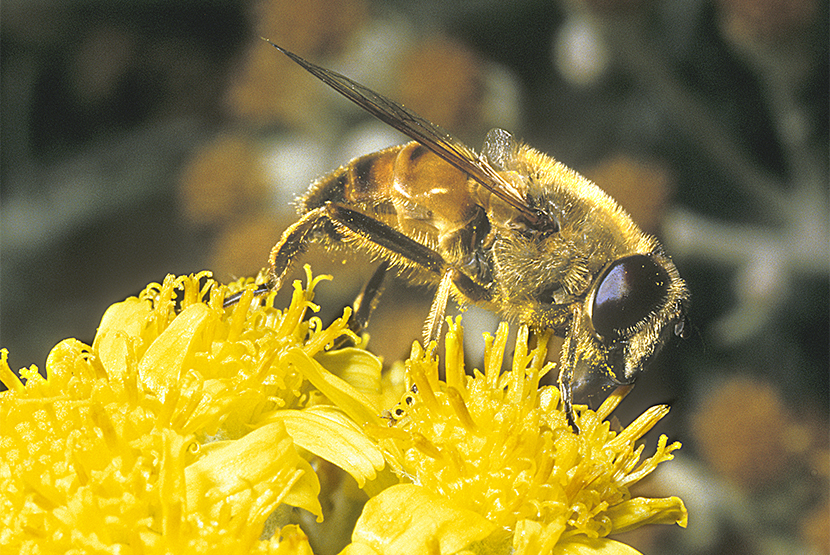
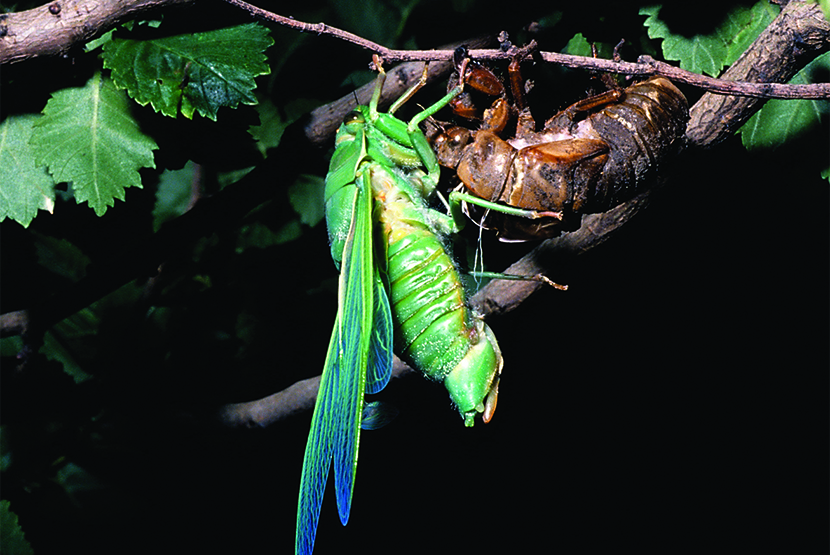
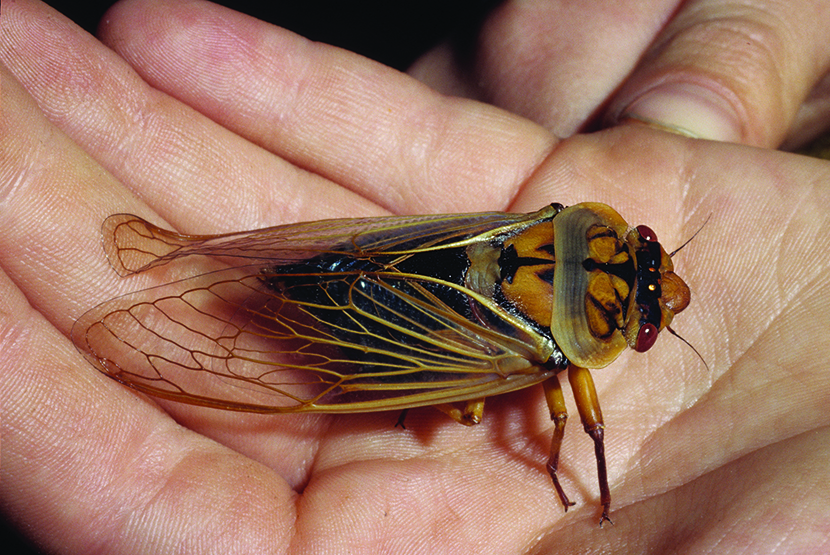
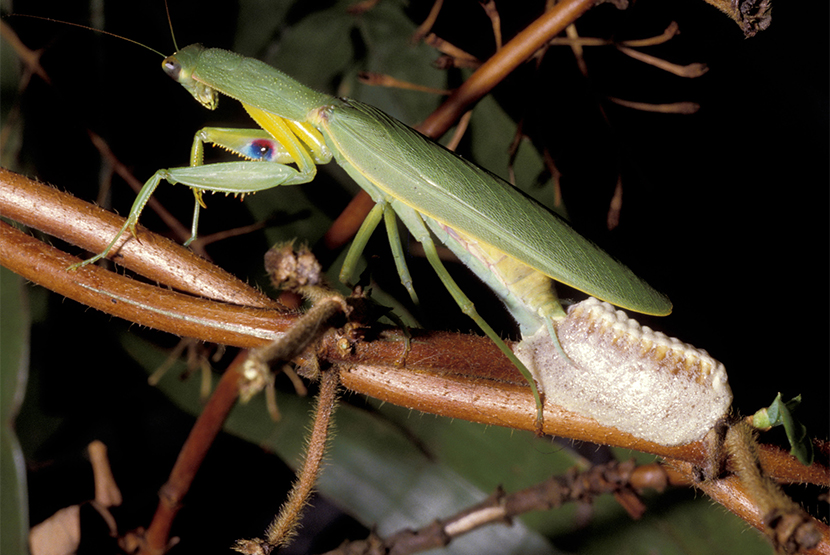
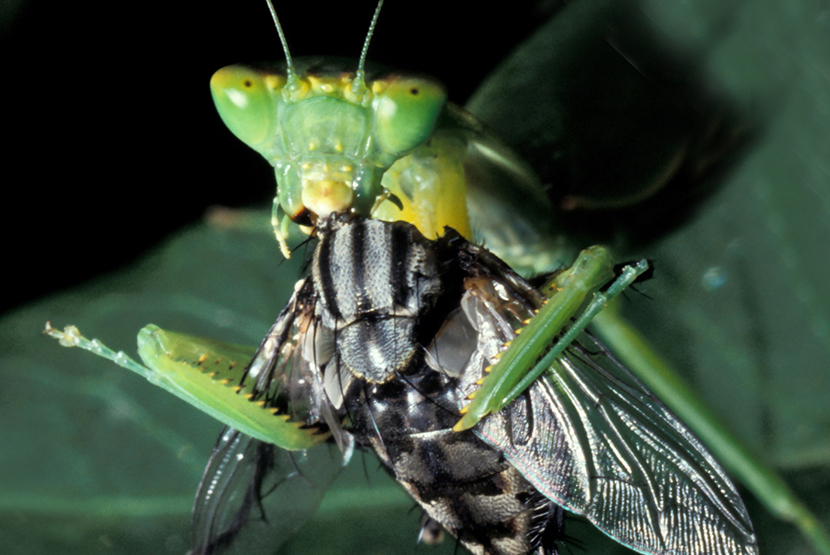
 Download the Latest Edition
Download the Latest Edition